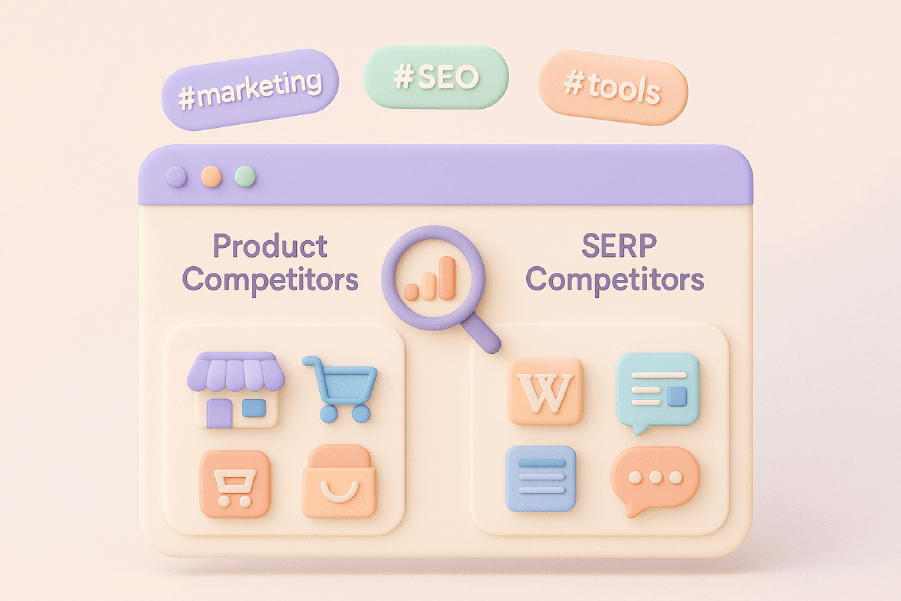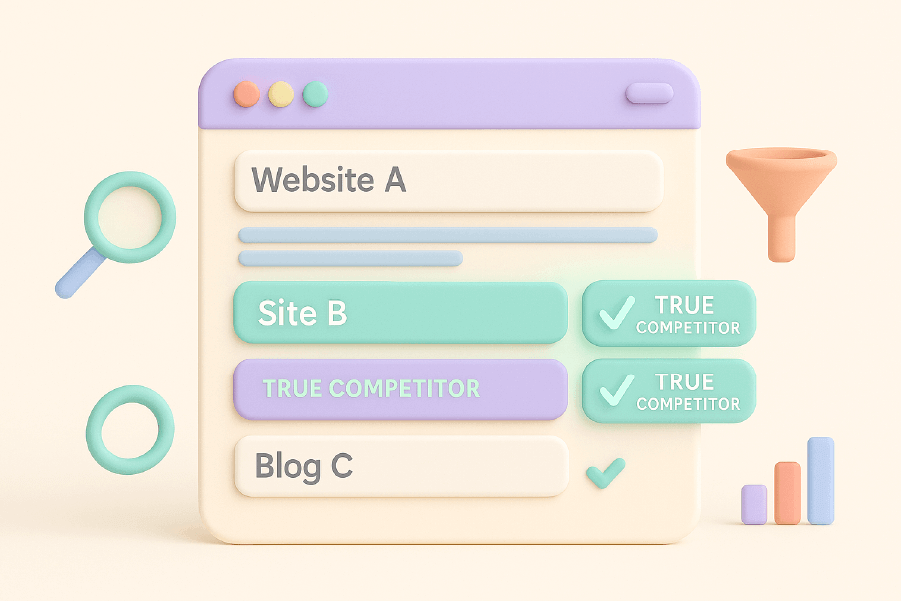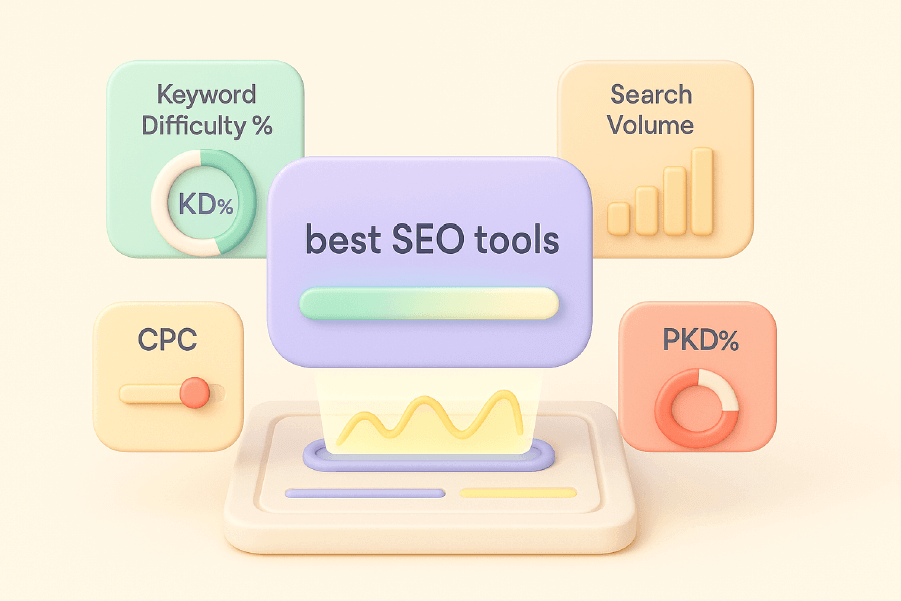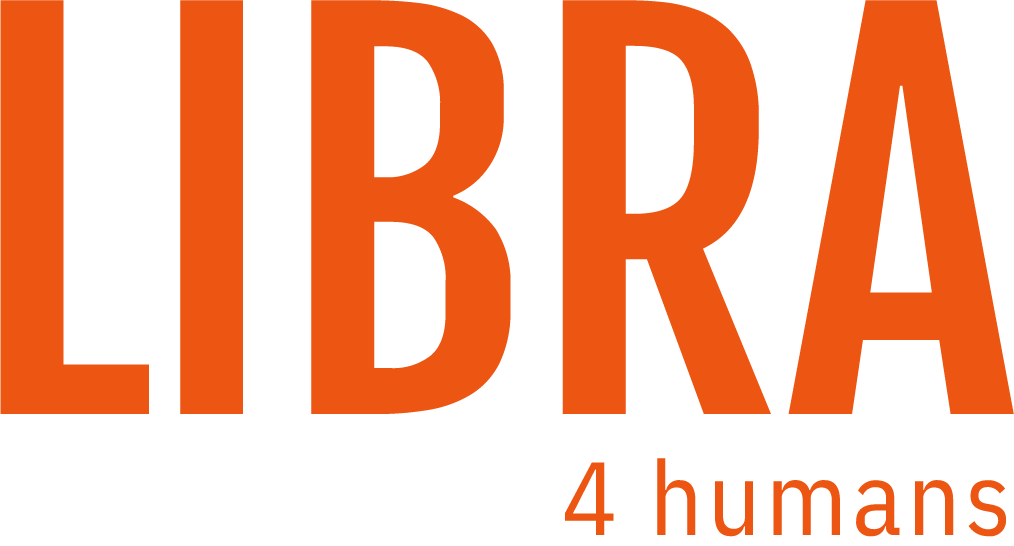In the competitive world of SEO, knowledge is power—and your competitors are sitting on a goldmine of keyword data. While you’re brainstorming target keywords and guessing what might work, your rivals are already ranking for thousands of search terms that could drive traffic to your site instead.
Competitor keyword analysis changes the game entirely. Instead of starting from scratch, you can reverse-engineer successful SEO strategies, identify content gaps, and discover high-value opportunities that your competition has already validated. This strategic approach can increase your target keyword lists by 25-40% and give you the insights needed to outrank established players in your industry.
Key Takeaways
- Competitor keyword analysis reveals the search terms your rivals rank for, helping you identify gaps and opportunities in your SEO strategy
- Essential tools include Semrush, Ahrefs, and others for comprehensive competitor keyword research
- Focus on analyzing keyword difficulty, search volume, and search intent to prioritize the most valuable opportunities
- Create topic clusters and content strategies based on competitor keyword insights to outrank rivals
- Regular monitoring of competitor keyword performance helps maintain competitive advantage in search rankings
What is Competitor Keyword Analysis?

Competitor keyword analysis is the strategic process of reverse-engineering your rivals’ SEO success by identifying which keywords drive their organic search traffic. This goes far beyond simply knowing who your business competitors are—it’s about discovering your true SERP competitors and understanding how they dominate search engine results.
The key distinction lies between product competitors and SERP competitors. Your product competitors might be other businesses in your industry, but your SERP competitors are the websites actually ranking for the keywords you want to target. These might include Wikipedia pages, news sites, or industry blogs that don’t directly compete with your business but occupy valuable search engine results page real estate.
Understanding how search engines work is crucial for effective competitor keyword analysis. Search engines like Google use complex algorithms to crawl, index, and rank websites based on relevance, authority, and user experience signals. By analyzing which specific keywords your competitors rank for, you gain insights into:
- High-ROI search terms that drive qualified traffic
- Content topics that resonate with your target audience
- Keyword opportunities with proven commercial value
- Search intent patterns that convert visitors into customers
This intelligence allows you to develop your own SEO strategy based on validated market data rather than guesswork. According to industry research, 61% of marketers consider competitor analysis critical for content planning, while brands using competitive analysis are twice as likely to report year-over-year organic traffic growth.
Step-by-Step Competitor Keyword Analysis Process
Effective competitor keyword research follows a systematic approach that transforms raw data into actionable SEO insights. This process requires the right combination of SEO tools, strategic thinking, and ongoing monitoring to stay ahead of the competitive landscape.
Identifying Your True SERP Competitors
The first step in any competitor keyword analysis is identifying who you’re actually competing against in search results. This process goes beyond your known business rivals to uncover the websites that consistently appear for your target keywords.
Start by using tools like Ahrefs or Semrush to discover your organic competitors. Enter your domain into these platforms and generate a list of websites that rank for similar keywords. You’ll often find surprising results—sites you’ve never considered competitors might be dominating valuable search terms in your industry.
Create a prioritized list of your top 5-10 SERP competitors based on:
- Keyword overlap with your target terms
- Domain authority and search visibility
- Content volume and frequency
- Geographic targeting alignment
Focus on competitors that consistently appear in Google search results for your most important keywords. These are your true organic competitors, and they should be the primary focus of your keyword analysis efforts.
Remember to update this competitor list quarterly, as the competitive landscape shifts with algorithm updates, new content strategies, and emerging players in your space.

Extracting and Analyzing Competitor Keywords
Once you’ve identified your key competitors, it’s time to extract their keyword data using organic research tools. SEO platforms provide comprehensive competitor keyword lists that include essential metrics like search volume, keyword difficulty, and current rankings.
When extracting competitor keywords, apply strategic filters to focus on the most valuable opportunities:
- Search Volume: Target keywords with at least 1,000 monthly searches to ensure adequate traffic potential
- Keyword Difficulty: Look for opportunities with manageable difficulty scores relative to your domain authority
- Ranking Position: Identify keywords where competitors rank in positions 4-10, indicating potential opportunities to outrank them
Organize your findings into three categories:
- Weak Keywords: Terms where competitors rank but not in top positions, presenting easier outranking opportunities
- Missing Keywords: High-value terms where competitors rank well but your site has no presence
- Untapped Keywords: Valuable long-tail opportunities that none of your immediate competitors are targeting
Don’t forget to analyze SERP features like Featured Snippets and People Also Ask boxes. These elements offer additional visibility opportunities and can drive significant traffic even when you’re not ranking in the top organic position.

Advanced Keyword Analysis Techniques
Moving beyond basic keyword extraction requires sophisticated analysis of search intent, keyword metrics, and competitive positioning. These advanced techniques separate successful SEO strategies from amateur approaches.
Understanding Search Intent Classification
Every keyword carries specific user intent, and understanding this intent is crucial for creating content that ranks well and converts visitors. Search intent falls into four primary categories:
- Informational: Users seeking knowledge or answers (“how to optimize website speed”)
- Navigational: Users looking for specific websites or brands (“Nike login”)
- Commercial Investigation: Users comparing options (“best keyword research tool”)
- Transactional: Users ready to purchase or take action (“buy Ahrefs subscription”)
Analyze the search engine results page for each target keyword to confirm the dominant intent. Google’s algorithm continuously adapts SERP composition based on user behavior, so manual review is essential for accurate classification.
Align your content strategy with confirmed search intent:
- Create comprehensive guides for informational keywords
- Develop comparison pages for commercial investigation terms
- Optimize product pages for transactional searches
- Build brand awareness content for navigational queries
This intent mapping reveals content gaps in your editorial calendar and helps prioritize content creation based on where competitors are succeeding or failing to match user expectations.
Evaluating Keyword Metrics for Prioritization
Effective keyword prioritization requires analyzing multiple metrics simultaneously rather than focusing on search volume alone. Consider these key factors when evaluating competitor keywords:
Keyword Difficulty (KD%) measures the estimated effort required to rank in top positions on a 0-100 scale:
- 0-30%: Relatively easy to rank
- 31-70%: Moderate competition requiring quality content and some authority
- 71-100%: Highly competitive, requiring significant resources and time
Personal Keyword Difficulty (PKD%) factors in your domain’s specific authority and relevance, providing more accurate ranking potential assessments for your site.
Cost Per Click (CPC) indicates commercial value and competition intensity. Higher CPC typically correlates with greater commercial intent and conversion potential.
Competitive Density (0-1 scale) shows how many competitors are actively bidding on terms in paid search, indicating commercial viability.
Create a prioritization matrix combining these metrics with search volume to identify the highest-impact opportunities. Focus on keywords where high search volume converges with manageable difficulty and strong commercial intent.

Identifying Content and Keyword Gaps
Keyword gap analysis reveals the specific search terms driving traffic to competitors but not to your site. This analysis uncovers immediate opportunities to close competitive gaps and discover untapped keyword territories.
Use specialized gap analysis tools like Semrush’s Keyword Gap or Ahrefs’ Content Gap to compare multiple competitor domains simultaneously. These tools highlight:
- Keywords where all competitors rank but you don’t
- Terms where only some competitors have presence
- High-volume opportunities completely missed by your competitive set
When analyzing gaps, consider the user journey and buyer personas. Map missing keywords to different stages of the customer funnel:
- Awareness Stage: Educational and problem-focused terms
- Consideration Stage: Comparison and solution-oriented keywords
- Decision Stage: Product-specific and transactional terms
Organize keyword opportunities into topic clusters for efficient content development. Large keyword lists can be filtered and grouped using Excel functions or AI tools like ChatGPT to identify common themes and content opportunities.
Content gap analysis goes beyond keywords to examine the types of content succeeding in your space. Analyze competitor content formats, lengths, and approaches to understand what resonates with your shared target audience.

Implementing Competitor Keyword Insights
Discovering competitor keywords is only valuable if you can effectively implement these insights into your SEO strategy. Success requires systematic organization, strategic content planning, and coordinated execution across organic and paid channels.
Building Topic Clusters and Content Strategies
Transform your competitor keyword research into actionable content strategies by organizing keywords into topic clusters. This approach builds topical authority and creates comprehensive coverage of subject areas where competitors are succeeding.
Structure your clusters around:
- Pillar Pages: Comprehensive guides targeting broad, high-volume keywords
- Supporting Content: Detailed articles addressing specific long-tail queries within each topic
- Internal Linking: Strategic connections between related content pieces
Use tools like Keyword Strategy Builder to organize clusters systematically. Prioritize clusters based on:
- Combined search volume of included keywords
- Average keyword difficulty across the cluster
- Business relevance and conversion potential
- Competitor content gaps within the topic area
Develop editorial calendars based on your cluster analysis, ensuring consistent content publication that systematically targets competitor keyword opportunities. This methodical approach enables teams to plan resources, track progress, and measure ROI from competitive keyword strategies.
Optimizing for Paid Search Campaigns
Competitor keyword analysis provides valuable insights for Google Ads campaigns and paid search optimization. Analyze competitor paid search strategies to identify:
- High-converting keywords worth bidding on
- Ad copy approaches that resonate with your shared audience
- Landing page strategies for different keyword types
- Budget allocation opportunities based on CPC and competitive density
Tools like Semrush’s Advertising Research reveal competitor ad spend, top-performing ads, and keyword bidding strategies. For e-commerce sites, examine Google Shopping (PLA) keyword opportunities to identify product listing gaps.
Balance organic and paid keyword targeting to maximize overall search visibility. Use high-CPC keywords from your competitor analysis to inform content creation priorities—these terms often indicate strong commercial intent and conversion potential.

Monitoring and Tracking Competitor Performance
Competitor keyword analysis isn’t a one-time activity—it requires ongoing monitoring to maintain competitive advantage and identify emerging opportunities. Establish systematic tracking processes to stay ahead of competitive shifts.
Implement position tracking tools to monitor:
- Your rankings for target keywords over time
- Competitor ranking changes and new keyword acquisitions
- SERP feature opportunities and competitor captures
- Seasonal trends and algorithm impact on competitive positioning
Set up monthly or quarterly competitor analysis reviews to identify:
- New content launches and keyword targeting by competitors
- Backlink growth and authority improvements
- Technical SEO improvements affecting competitor performance
- Emerging competitors entering your keyword space
Use competitive analysis templates to standardize data organization and facilitate team collaboration. Regular reporting helps stakeholders understand competitive positioning and ROI from keyword targeting efforts.
Monitor both keyword performance and broader competitive metrics. This comprehensive view helps predict competitive threats and opportunities before they fully materialize.

Common Mistakes to Avoid in Competitor Analysis
Even experienced SEO practitioners can fall into traps that limit the effectiveness of their competitor keyword research. Avoiding these common mistakes ensures you maximize the value of your competitive analysis efforts.
Focusing Only on High-Volume Keywords: While high search volume keywords are attractive, they’re often the most competitive and difficult to rank for. Don’t ignore long-tail opportunities that drive incremental traffic with higher conversion rates.
Copying Without Strategic Adaptation: Simply copying competitor strategies without considering your unique brand positioning, audience needs, and resource constraints often leads to wasted effort and poor results.
Ignoring Search Intent Analysis: Targeting competitor keywords without understanding the underlying search intent results in content that fails to satisfy user needs and convert traffic into business results.
Inconsistent Analysis Frequency: SEO and competitive landscapes change rapidly. Failing to regularly update your competitor keyword analysis means missing new opportunities and threats as they emerge.
Overlooking SERP Features: Focusing only on traditional organic rankings while ignoring Featured Snippets, People Also Ask, and other SERP features limits your visibility potential.
Neglecting Keyword Cannibalization: Targeting multiple competitor keywords with similar intent on different pages can create internal competition and dilute your ranking potential.
FAQ
How often should I perform competitor keyword analysis?
Leading SEO experts recommend conducting comprehensive competitor keyword analysis quarterly for mature websites, with monthly reviews for new projects or highly competitive industries. However, basic competitor monitoring should be ongoing to catch immediate opportunities and threats.
What’s the difference between organic and paid competitor keywords?
Organic keywords are search terms that drive traffic through unpaid search engine results, while paid keywords are those targeted through Google Ads campaigns and other PPC platforms. Both provide valuable insights for different aspects of your search strategy.
Can I use free tools for effective competitor keyword research?
While free tools like Google Keyword Planner and Ubersuggest offer basic competitor insights, comprehensive analysis typically requires premium tools like Semrush, Ahrefs, or SpyFu for detailed keyword data, difficulty scores, and advanced filtering options.
How do I identify my true SEO competitors vs business competitors?
Your SEO competitors are websites that consistently rank for your target keywords in search engine results, which may differ significantly from your direct business competitors. Use tools like SpyFu or Semrush to identify domains with high keyword overlap and search visibility in your target market.
What keyword metrics are most important for prioritization?
Focus on search volume, keyword difficulty, search intent alignment, and commercial value (indicated by CPC). The best opportunities typically combine decent search volume with manageable difficulty and clear alignment with your business goals.
How do I avoid keyword cannibalization when targeting competitor terms?
Plan your content strategy around topic clusters, ensuring each target keyword maps to a single, optimized URL. Use keyword mapping spreadsheets to track which pages target which terms and avoid internal competition.
Should I target all competitor keywords or focus on specific opportunities?
Focus on competitor keywords that align with your search intent, have adequate search volume, and offer realistic ranking potential given your domain authority. Not all competitor keywords are relevant or achievable for your specific situation.
How long does it take to see results from competitor keyword strategies?
Expect measurable improvements in 3-6 months for new content targeting competitor keywords, though this timeline varies significantly based on your site’s authority, content quality, and competitive intensity in your target keywords.
Competitor keyword analysis transforms guesswork into strategic advantage, revealing the exact search terms driving success for your rivals. By systematically identifying these opportunities, analyzing their potential, and implementing targeted strategies, you can accelerate your SEO progress and capture market share from established competitors.
The key lies not in simply copying what works, but in finding the gaps and opportunities your competitors have missed. Start implementing these competitor keyword analysis strategies today to gain the competitive edge your SEO strategy needs to dominate search engine results.






